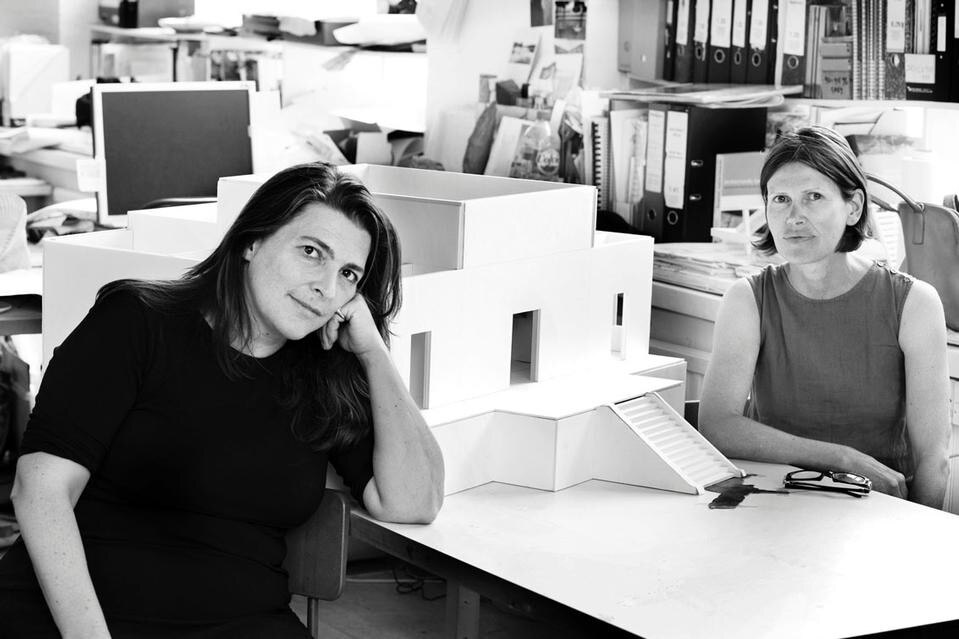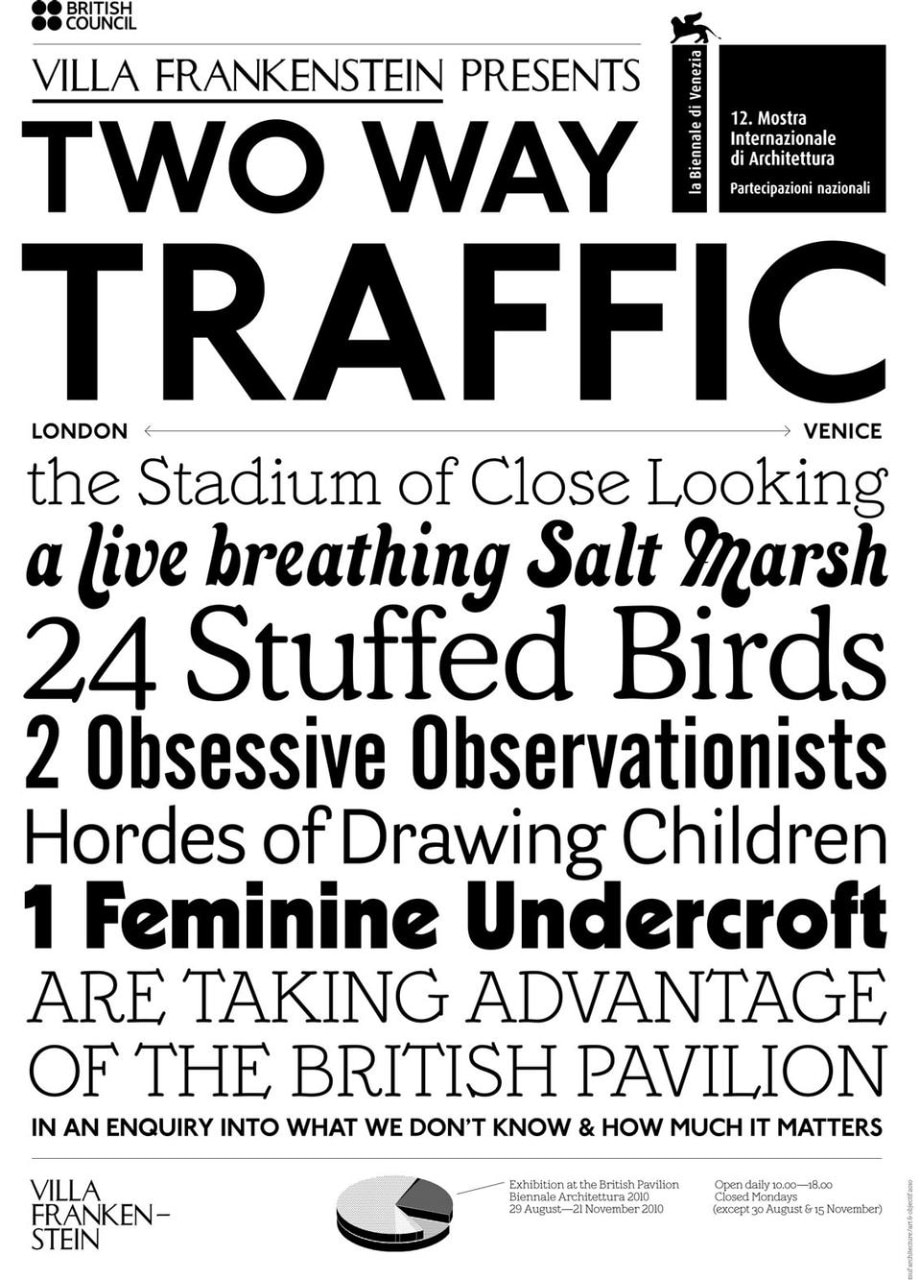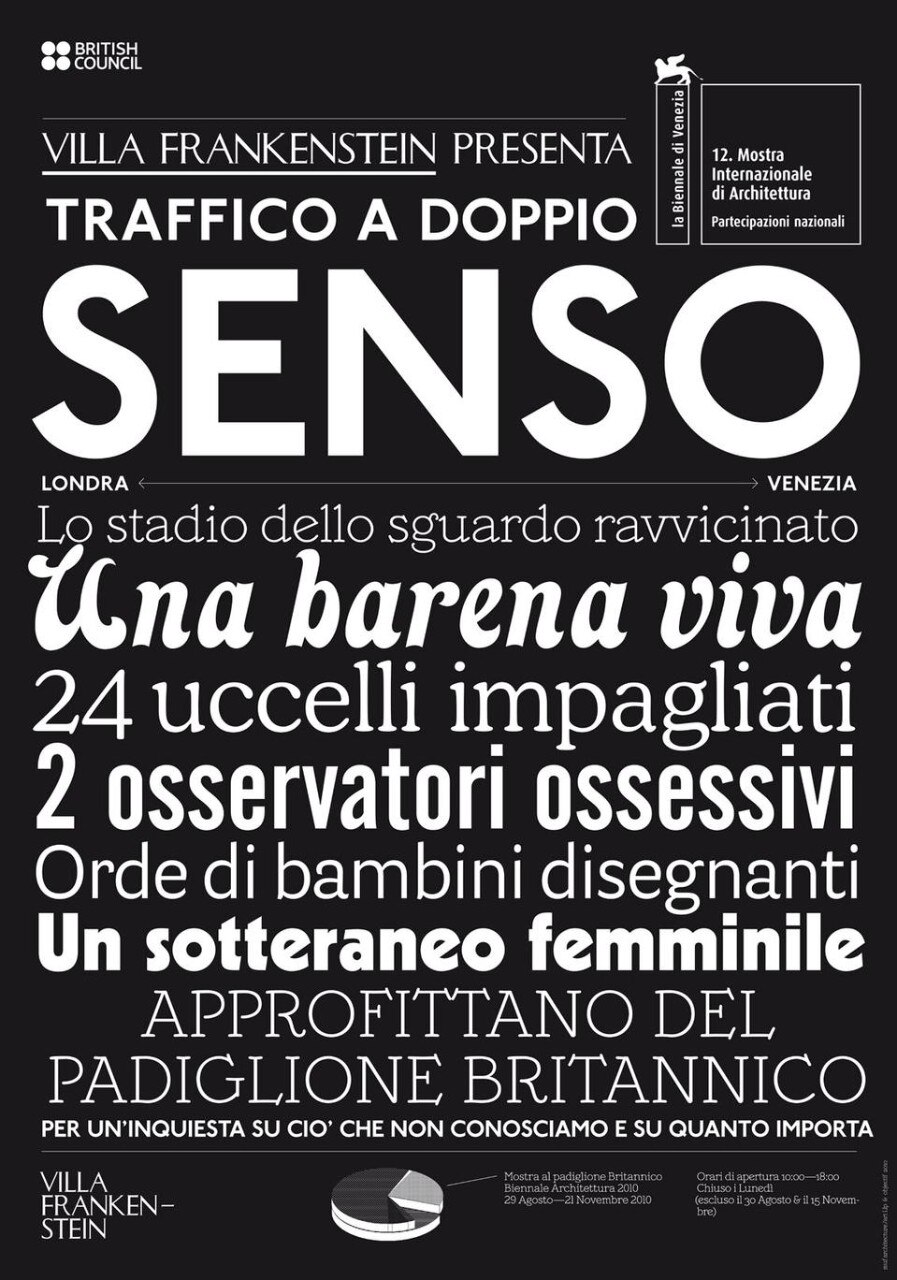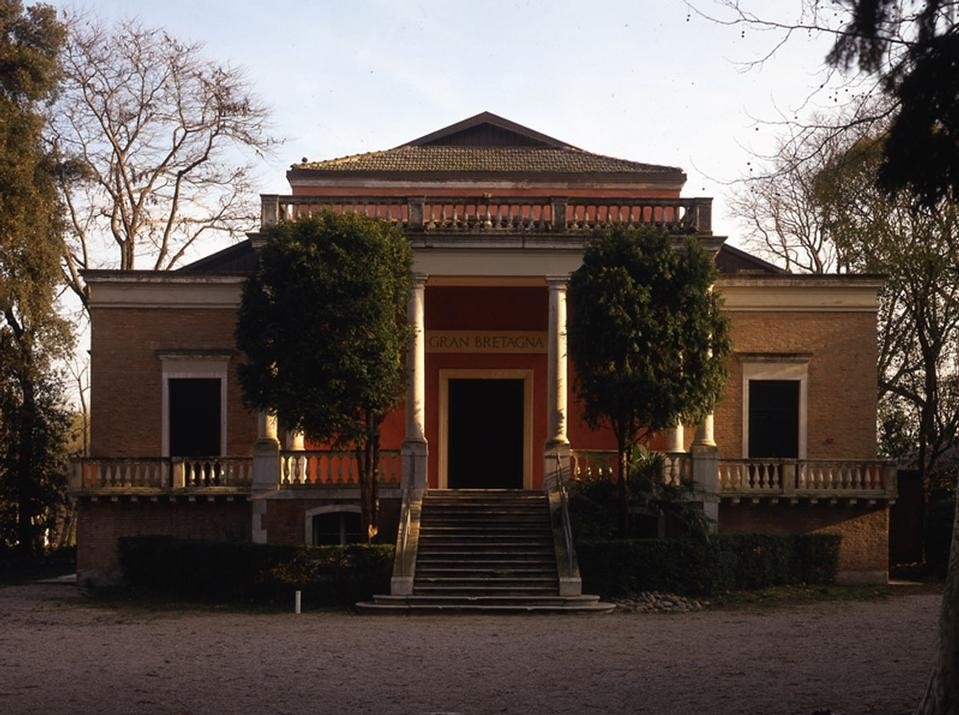You refer to a symbiotic relationship between London and Venice. From the naked eye it's hard to see - what examples are there of cross - referencing between the two cities? (Is London sinking metaphorically?!)
The symbiotic relationship is more an acknowledgement that historically Venice has held the UK architect in its thrall, resulting in Venice being taken home and literally inscribed into the built fabric of the UK. The proposed two way traffic ,this time, makes the pavilion available for the period of the Biennale for some Venetian preoccupations and use. In turn it is a means to explore some common territory, namely how detail can inform strategy, the relationship between large scale, arms length visions and proposals (which Venice attracts) and the value of close looking . We are well aware of the dangers of what can be lost in translation, hence the title 'Villa Frankenstein', which refers to Ruskin's despair at the impact of the Stones of Venice on the architecture of the London suburbs.
Your work is somewhere between art and architecture and either way is firmly rooted in public space. How did you respond to what could be interpreted as the constraints of both a pavilion and the architectural fairground of a Biennale?
We treated the invitation as a means to make the pavilion a more public space, a space for more than one thing at a time. Too law abiding to introduce a stile to clamber over the Giardini fence we have, through the making of a series of relationships, extended the pavilion into Venice and in turn contrived ways for the city to breech the Giardini boundary. So we did treat the invitation as an opportunity for another, process driven. speeded up for the Biennale calendar, muf project. As such we don't at this stage know how it will turn out. We have a standing preoccupation on the value of the temporary as a mode of reflection on the fixed-we hope we have contributed something to recent discussions as how the Biennale and Giardini can become more 'part of' Venice. As far as the pavilion, it is rich in constraints, apart from anything else it was a crash course in Italian Building regulations but taking the premise use can suggest use, we have repurposed it through some of the activities that will take place there-for example drawing classes for Venice schools.
Can you introduce your collaborators? What brief did you set them?
We did not set a brief except for making clear our intention to make the British Pavilion available to be "taken advantage" of. This played out in different ways but what does link the different collaborations is a common thread of the collaborators giving value to detail and close looking. We began with a first pairing of two organisations, Rebiennale and The British Committee for Venice in Peril - superficially different but with overlapping interests. We are recycling the adjustments to the pavilion with Rebiennale and drawing on a research project supported by Venice in Peril, working with Lorenzo Bonometto and Jane da Mosto we are housing a sample of live salt marsh as a prompt for discussions of "what next?" given the interdependence between city and lagoon.
Venice is a small city and through introductions we gathered collaborations such as the Venice based artist Wolfgang Scheppe who in the most two way of traffic paired pages in the Ruskin venetian notebooks (one of the few elements brought from the UK) with a previously unexhibited, photodocumentation of Venice undertaken by local resident. This is a Made in Venice pavilion, built in Venice by Spazio Legno, carpenters who are also boat builders. The pavilion includes the film we want roses too by director Alina Marazzi Back in the UK we have been working with the Ruskin Library and the Womens Library,the British Council team have been extraordinary in their support, all graphic material with Objectif, Atelier One engineers, artist Lottie Child and our more than editor at large Adrian Dannatt.
Can you explain how the ideas will be disseminated through the exhibition? I understand there will eventually be a catalogue? but are there other ways of interacting during the biennale?
During the Biennale there will be discussions convened on the future of the lagoon and Venice itself, given that the health of one is dependent on the other. Drawing classes for Venice schools everyday from mid September when schools begin.
The catalogue is being published in three parts in order to capture the activities in the pavilion Wolfgang Scheppe contribution to the pavilion is being published as THE DONE.BOOK to coincide with the opening. The adjustments to the pavilion will be recycled we are using the 3 months to find its home for installation in December.
Some ways to interact with the pavilion will happen not in just Venice but the UK-for example the Forum for Alternative Belfast is runnning mapping workshops in Belfast and Venice (with students from IUAV) A street training manual for Venice and Whitechapel with the artist Lottie Child. We are bringing lessons from Venice to the work we are doing in London around the Olympic site-using Venice as an examplar for design for the place for the child in the city details of London based events will be on the website which will be up from the end of August.
British Pavilion, Villa Frankenstein
Commissioner: Vicky Richardson
Curator: muf architecture/art Llp





